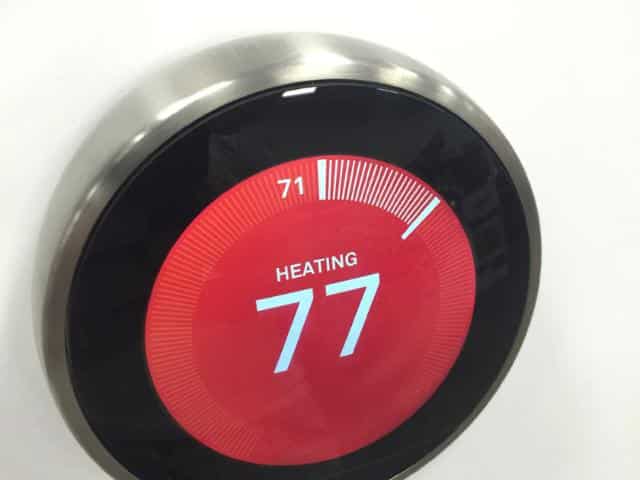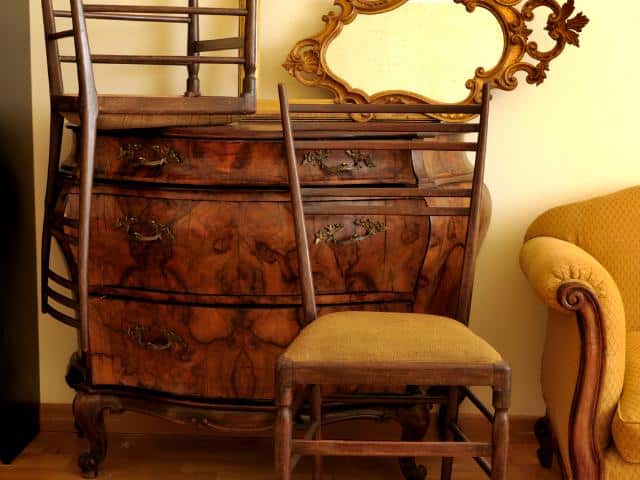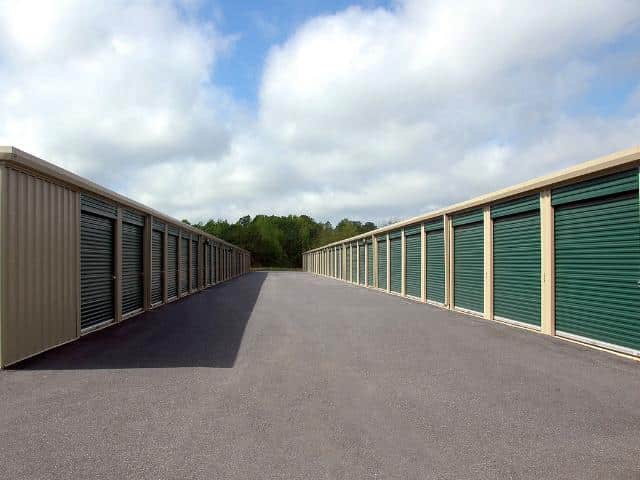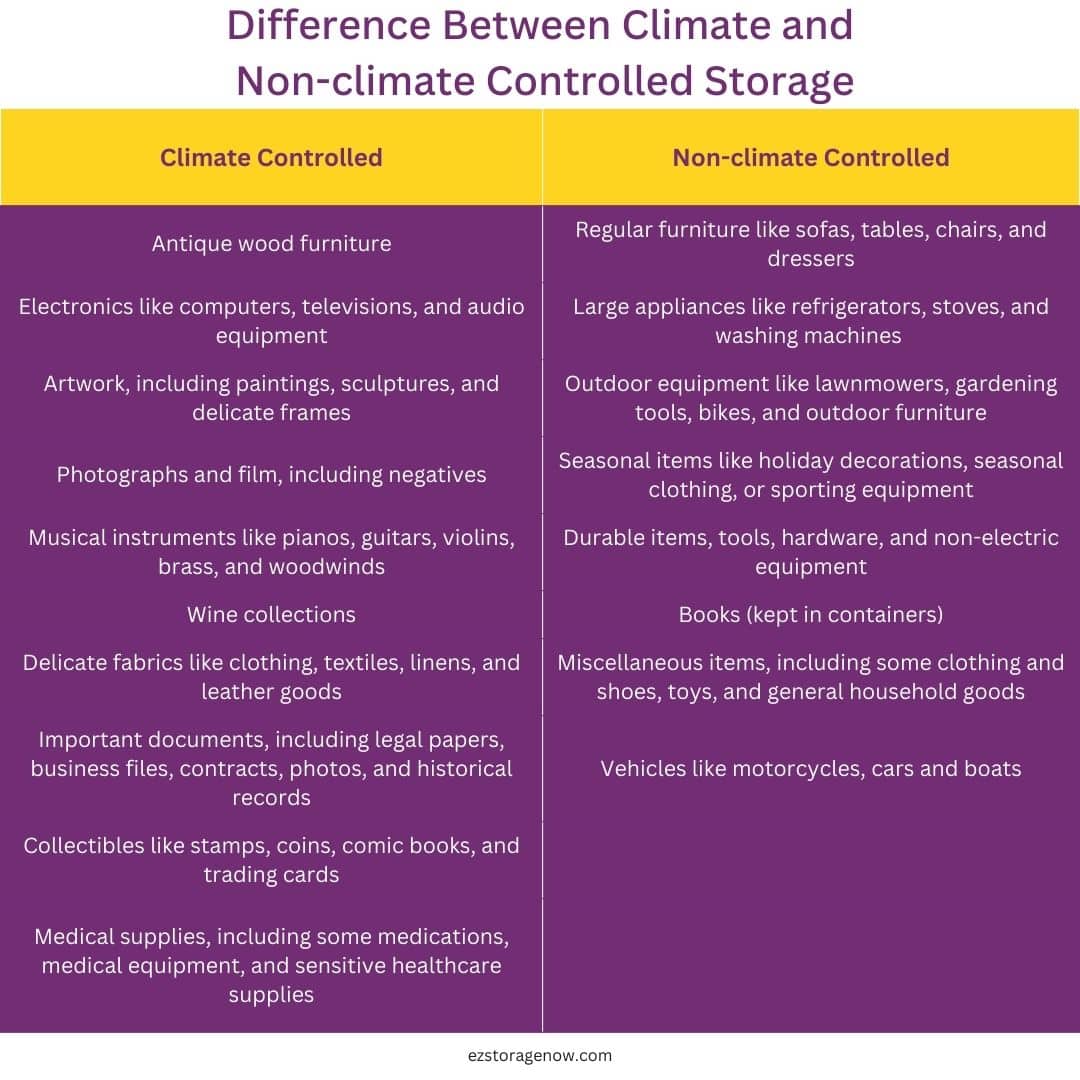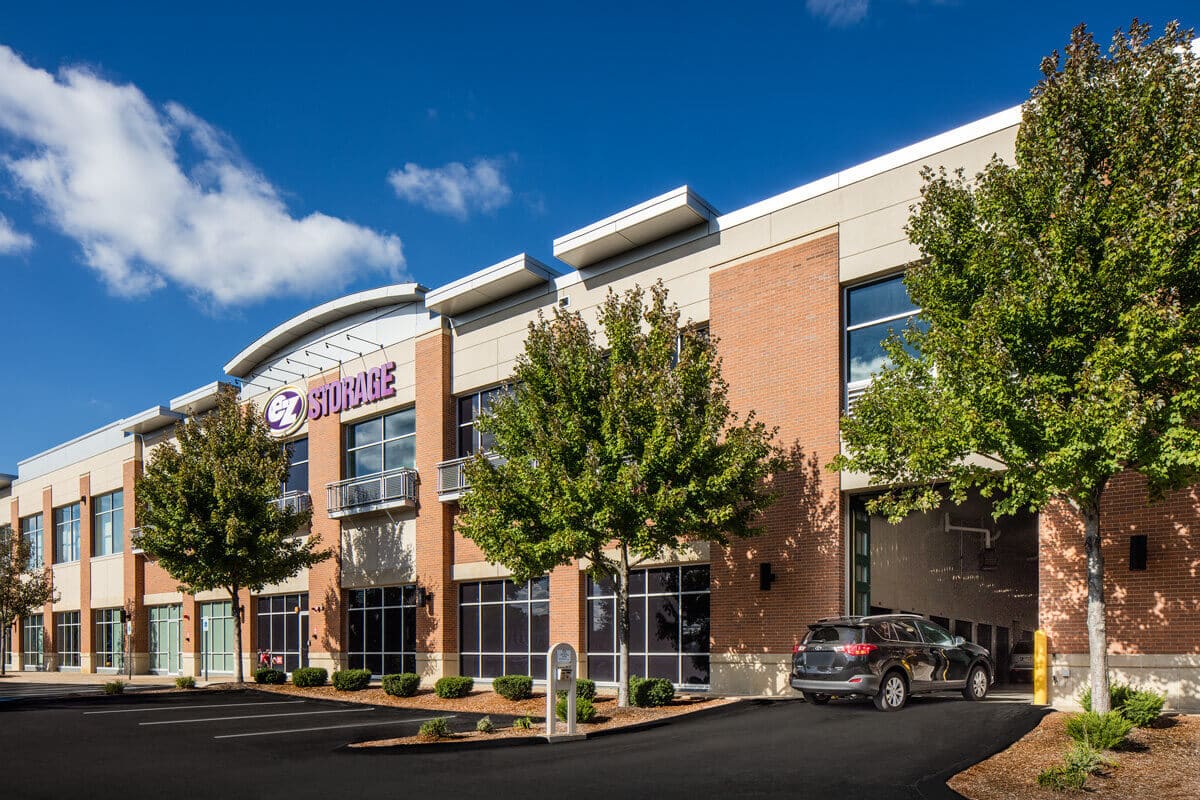The Difference Between Climate and Non-Climate Controlled Storage
Preparing for an upcoming move and trying to find ways to make the whole process easier, more organized, and less stressful for the family?
We are here with a list of ideas you can use to do just that. We will also share valuable information comparing climate-controlled versus non-climate-controlled storage, so you are well-versed in your available options and ready to choose what makes the most sense for you.
What Is Climate Controlled Storage?
Climate controlled storage refers to units or facilities equipped with temperature and humidity regulation systems to maintain a controlled environment. These storage units are designed to protect sensitive items from extreme temperatures, humidity fluctuations, and other environmental factors that can cause damage or deterioration to your items.
Climate Controlled Storage: Expectations
What can you expect when you choose climate controlled storage?
Temperature Regulation
Climate controlled storage maintains a consistent temperature range and protects your items from extreme cold or heat exposure. The temperatures in these units are usually set to between 55°F and 85°F. This is considered a safe range for most sensitive items.
Humidity Control
You can also expect humidity control to prevent excess moisture or dryness. The relative humidity is maintained at around 55%, protecting your items from warping, mold, mildew, and rust.
Ventilation and Air Quality
You will also find proper ventilation systems that ensure adequate airflow. This prevents stagnant air and minimizes moisture buildup.
Items We Recommend Putting in Climate Controlled Storage
A climate controlled unit is recommended for various items that you know are sensitive to fluctuations in temperature and humidity. Here are some examples of what should be put in these units for safekeeping:
· Antique wood furniture, especially when susceptible to warping, cracking, and mold growth
· Electronics like computers, televisions, and audio equipment
· Artwork, including paintings, sculptures, and delicate frames
· Photographs and film, including negatives that can ultimately deteriorate, fade, or stick together
· Musical instruments like pianos, guitars, violins, brass, and woodwind instruments
· Wine collections to preserve the taste, aroma, and overall quality
· Delicate fabrics like clothing, textiles, linens, and leather goods
· Important documents, including legal papers, business files, contracts, photos, and historical records
· Collectibles like stamps, coins, comic books, and trading cards
· Medical supplies, including some medications, medical equipment, and sensitive healthcare supplies
What Is Non-Climate Controlled Storage?
In comparison, non-climate controlled storage doesn’t have systems that can regulate temperature, humidity, or air quality. Instead, they rely on natural ventilation and insulation without anything actively controlling or modifying any of the conditions in storage.
Non-Climate Controlled Storage: Expectations
When discussing non-climate controlled storage, there needs to be mention of expectations as well as limitations.
Temperature and Humidity Variations
These storage units are subject to the area’s natural temperatures and humidity fluctuations. The temp inside these units can range from hot to cold depending on the season and location. Humidity levels vary as well and can lead to excess moisture.
Exposure to Extreme Temperature
You also need to expect your items to be exposed to extreme temperatures and weather conditions. It can get hot in the summer and cold in winter, and it rains often during the spring and early summer. These fluctuations can damage or affect the quality and integrity of your more sensitive items.
Limited Protection
If you have items sensitive to these extreme temperature changes, you need to know that these items may be at a much higher risk of damage or deterioration.
Items We Recommend Putting in Non-Climate Controlled Storage
Now that you are well aware of the expectations—rather, limitations—of using non-climate controlled storage, you may now wonder what kind of items you should even store in this kind of unit, if any.
· Regular furniture like sofas, tables, chairs, and dressers
· Large appliances like refrigerators, stoves, and washing machines (as long as they are cleaned and prepared for storage)
· Outdoor equipment like lawnmowers, gardening tools, bikes, and outdoor furniture
· Seasonal items like holiday decorations, seasonal clothing, or sporting equipment
· Durable items that include metal or plastic storage containers, tools, hardware, and non-electric equipment
· Books and documents are generally more tolerant than more sensitive materials as long as these items are kept in containers and protected from moisture
· Miscellaneous items, including some clothing and shoes, toys, and general household goods
– Vehicles like motorcycles, cars and boats
Long Term Versus Short Term Storage Needs
What is the duration for which you require storage? The choice between the two really comes down to a few factors, like your specific circumstances and the nature of the items you have to store.
Short-term storage is usually for a brief time that ranges from just a few days to a few months. This is good for more transitional situations, like when you are moving, renovating, or decluttering.
Short-term storage is convenient and flexible and requires minimal packing and organization in most cases. You don’t have to be as meticulous about your items since you will be unpacking them again in a pretty short amount of time.
Long-term storage, on the other hand, is best for extended durations, like when you have space constraints in your home. For this, you do need to pay more attention when packing and preserving your items. Use sturdy boxes or containers, protective coverings, and proper labeling.
When planning your storage needs in Boston, you need to remember that it has a more humid, muggy, and continental climate with four distinct seasons. The summers are warm and humid, the autumns are mild and pleasant, the winters are cold and snowy, and springtime usually has gradually warming temps but may still experience some winter weather and rain.
So, with that being said: how do you choose between climate and non-climate controlled storage in Boston?
Choosing Storage
When deciding between climate and non-climate controlled storage in Boston, there are a few factors to keep in mind, including the sensitivity of your items, the length of storage, seasonal considerations, value and sentimentality of the items, and cost considerations.
If you want to protect your items from damage and deterioration and ensure they remain in tip-top shape, then climate controlled storage is definitely the way to go!
If you need long term storage, you really need to consider the weather and the sensitivity of your items. It is also important to consider seasonal demand. Storage demand in Boston tends to be highest during more transitional times of the year, like during spring and summer when people are moving and decluttering, and for college students are leaving for school break. If you have some flexibility, seek storage options during off-peak times like late fall and winter.
Ready to learn more about your climate controlled storage options in Boston? Our managers are ready to help you find the best way to store your items and protect them while in storage.


